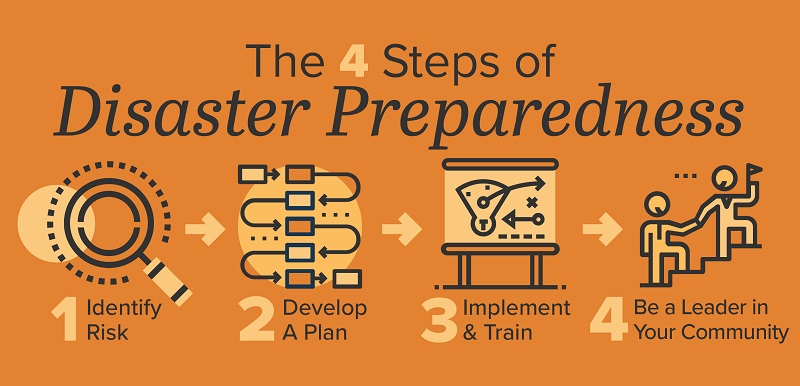How do you prepare for disaster? – StartupSmart
This week’s Secret Soloist is answered by Jason Rose:
If you read any book on starting your own business, the key message is to plan, plan and plan some more. Why? Because the more time you invest in planning, the more likely it is for things to roll out smoothly.
That makes perfect sense.
However, this obsession with planning can also give people a false sense of security. It suggests that if you plan enough, things will turn out exactly how you want, which is nonsense.
When disaster strikes
One of the truths of starting a business is that things will go wrong – sometimes horribly – even if you ticked every box on your checklist. There will simply be times when things just blow up, which has certainly been my experience.
Now, I am reluctant to recount my own encounters with disaster here. Not because I am embarrassed or want to be seen as infallible but because even thinking about them still gives me cold sweats.
Like the time I signed off on adding a 1300 number to our website in the lead-up to a major advertising push. It was only some time later that I discovered that the number I approved was wrong. People had been ringing a disconnected number. What a disaster!
I was hit with that immediate sense of panic, doom, anger, fear and stupidity, along with an overwhelming urge to blame other people.
Experiencing these kinds of disasters has led me to develop my own theory about start-ups: until you have faced your first disaster, you haven’t really launched your business.
And please do not think that you can avoid this immutable law by better planning. You can’t and you won’t. No amount of frameworks, checklists, models, case studies or consultants can make your business disaster-proof. The world will always outsmart you.
Forget disaster planning
To grow your start-up, you need to learn to cope with these inevitable disasters as they unfold. Doing so involves a simple, four-step process made up of four steps.
Step 1: Before you even start writing your business plan, accept that you are going to have disasters. Internalising this fact greatly reduces the panic you will experience when things do go horribly wrong. You always knew they would. You just didn’t know when.
Step 2: When disaster strikes, welcome it. The biggest mistake in the face of a disaster is to ignore it or run away from it. Until you accept that you have a problem, a big one, you cannot do anything about it. So, have the raw courage to admit it to yourself.
Step 3: Be irrepressibly focused on a finding solution. Few disasters in business are fatal. What often magnifies their impact is all the flapping about – the yelling, the blaming, the over-correcting. So, find a solution and implement it even if it’s not perfect.
Step 4: Learn from your mistakes. As soon as you have fixed the problem and caught your breath, sit down and learn the necessary lessons. Decide on what needs to be done to avoid the same disaster ever striking again and then implement it.
But why is it a three-step process with four steps? Because step four always ends up being irrelevant. As soon as you have put a system in place to ensure a disaster will never strike again, you can almost guarantee that your next disaster will be something completely different and totally unexpected. That’s how the world works.

